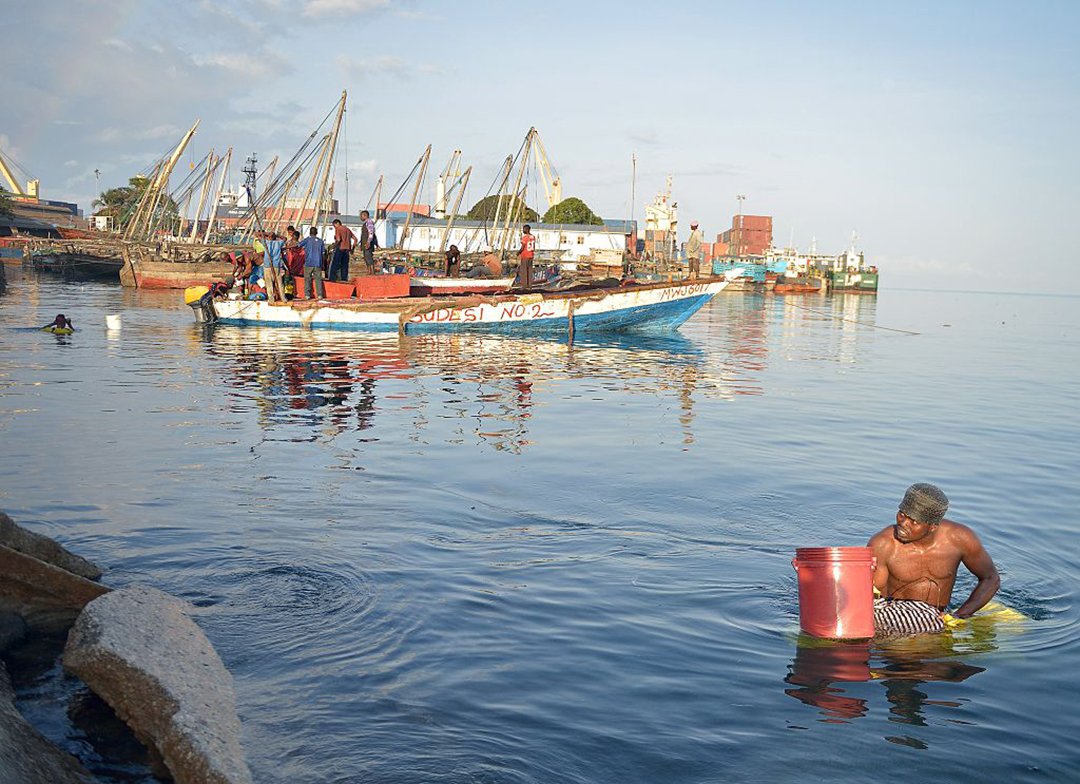Fishing for Growth – How Tanzania’s Fisheries Can Anchor a $10 Billion Blue Economy

Tanzania’s fisheries sector is emerging as a powerful driver of economic growth. Valued at TSh 4.36 trillion in 2024 and employing more than 6 million citizens, it is a core pillar of the blue economy. With fish production surpassing 520,000 tonnes and exports on the rise, the industry is shifting from subsistence to industrial scale. Strategic investment in cold storage, credit access, and global market penetration could transform Tanzania’s fisheries into a $10 billion sector by 2035.
Tanzania’s fishing sector is quietly transforming into a significant pillar of the economy. In 2024 alone, the value of fisheries output reached TSh 4.36 trillion, up from TSh 3.35 trillion in 2023 and nearly triple the 2018 figure. With over 201,661 registered fishers and an estimated 6 million Tanzanians depending on the sector, fisheries now contribute 1.7% of GDP, a share that may appear modest, but one that represents billions in economic activity.
The blue economy agenda positions fisheries as more than food security, they are now instruments of industrialization, exports, and employment. In 2024, production hit 522,788 tonnes of fish, with 59,746 tonnes exported abroad. Yet this is just scratching the surface. Tanzania’s vast freshwater bodies (Victoria, Tanganyika, Nyasa) and its Indian Ocean coastline give it one of Africa’s largest untapped fisheries reserves.
Growth drivers and challenges
- The number of fish-processing factories has jumped from 21 in 2023 to 64 in 2024, showing rapid industrialization.
- Demand for Nile perch, prawns, and tilapia in regional and global markets is rising.
- However, illegal fishing, weak cold-chain logistics, and low access to credit constrain expansion.
Regional comparisons
Kenya earns nearly $400 million annually from fish exports, mainly from Lake Victoria. Uganda exports over $200 million worth of fish products. Tanzania, despite larger water resources, lags behind due to inefficiencies in processing and export channels.
The way forward
For fisheries to anchor a $10 billion blue economy by 2035, Tanzania must:
- Formalize and finance artisanal fishers, integrating them into value chains.
- Invest in cold-storage hubs and logistics corridors to reduce post-harvest losses.
- Negotiate better trade access with EU and Asian markets for processed fish, not just raw exports.
The fisheries sector’s trajectory is clear: from subsistence to industrial. If supported strategically, it could rival agriculture as Tanzania’s next major export earner
